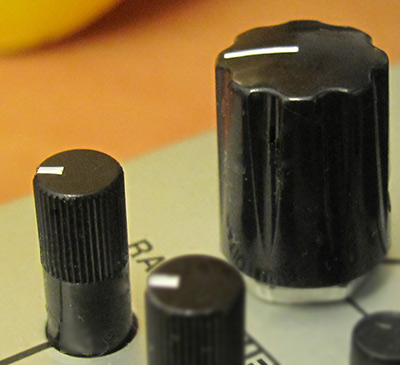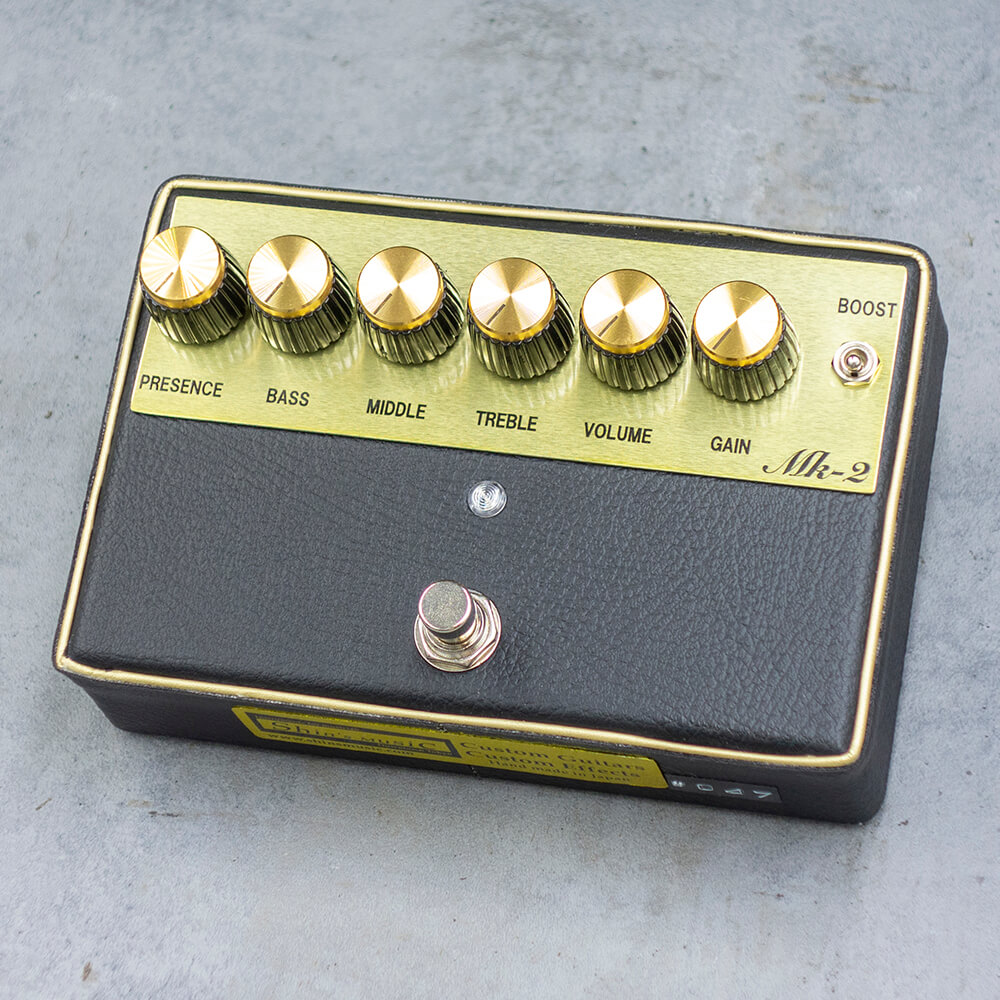
Controls include (top row from left to right):
Blend: Simulates jumping the 'Normal' and 'High Treble' channels. Fully-counter clockwise lets you enjoy the bass response of the 'High Treble' channel. Great for tightening up higher gain settings. Fully clockwise; allows you to experience the full spectrum of bass frequencies. Ideal for fattening up those clear tones.
Loudness: Basically a pre-amp volume control, not much to explain here. Turning it to 11 is recommended.
Sizzle: A variable bright cap that sits across the 'Loudness' control. Turning it up increases the value of the bright cap adding 'bite' and affecting the gain structure of the 'Loudness' control making it very aggressive and quite spanky right out of the gate when first turning it up. Just like the real amp, the more you turn up the 'Loudness', the lesser the influence the bright cap has.
PPIMV: An active volume control that controls the overall output. Not only does it cut volume when turned down, but also boosts the output when turned up. Perfect for adding a little extra 'oomph' when needed.
The bottom row of controls from left to right are the traditional tone controls as found on the original amp. That being Presence, Treble, Middle, and Bass. There is also an internal trim pot used to adjust the high-end response of the pedal in order to dial it in for any given amp.
Just need to design the PCB for it now and think up a name of it.


